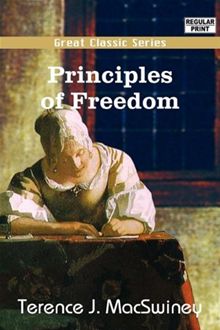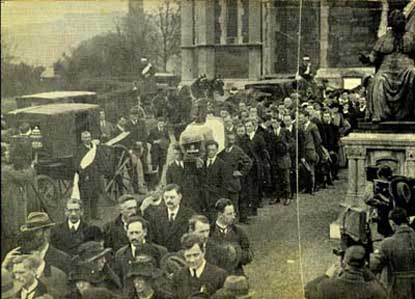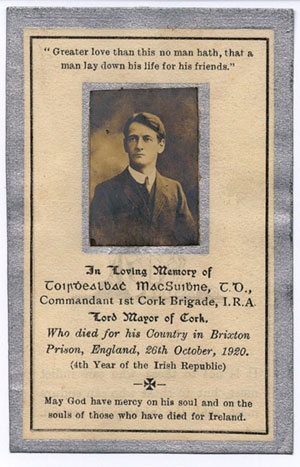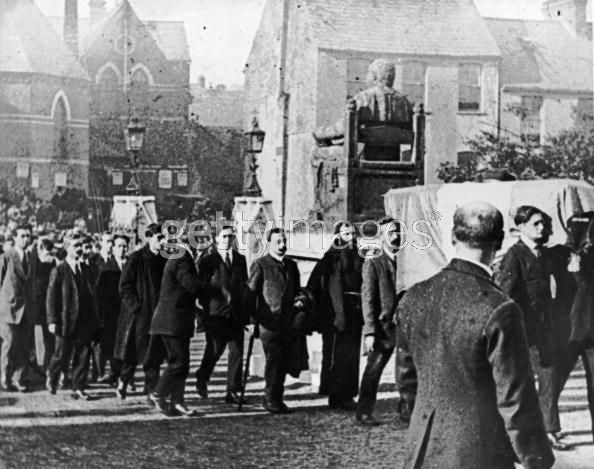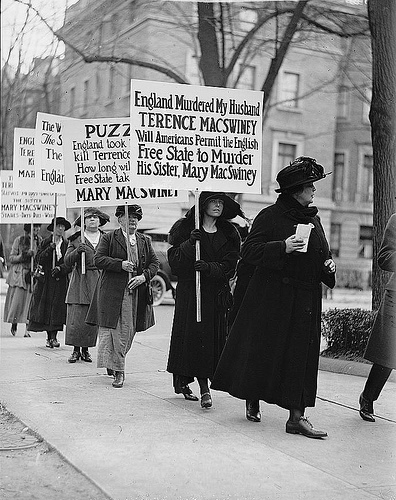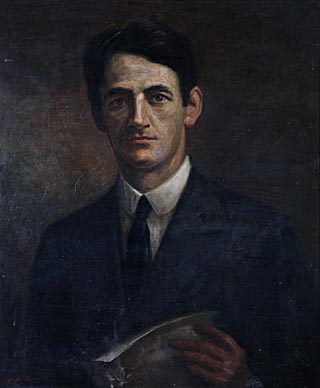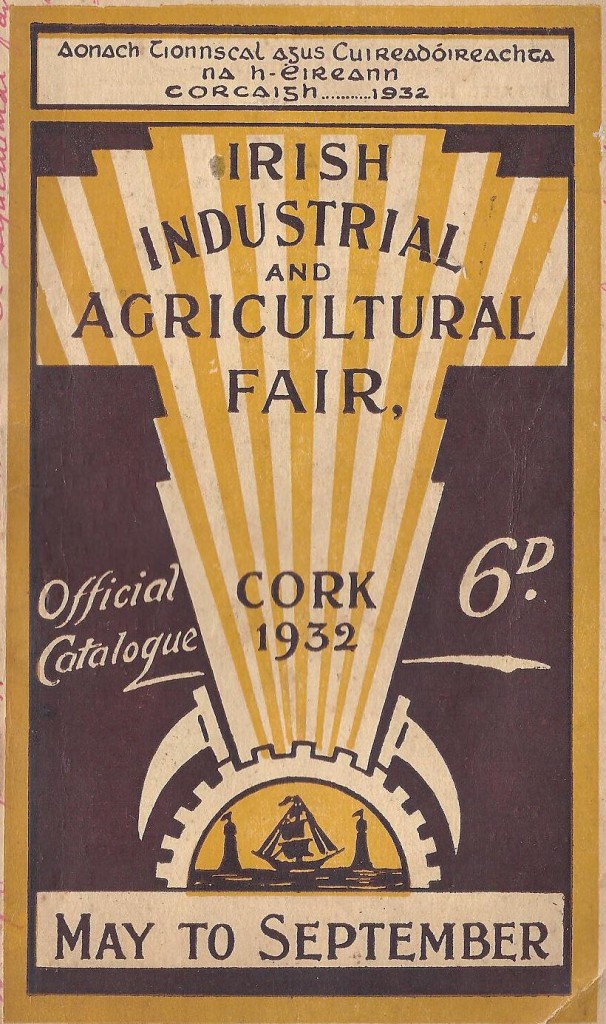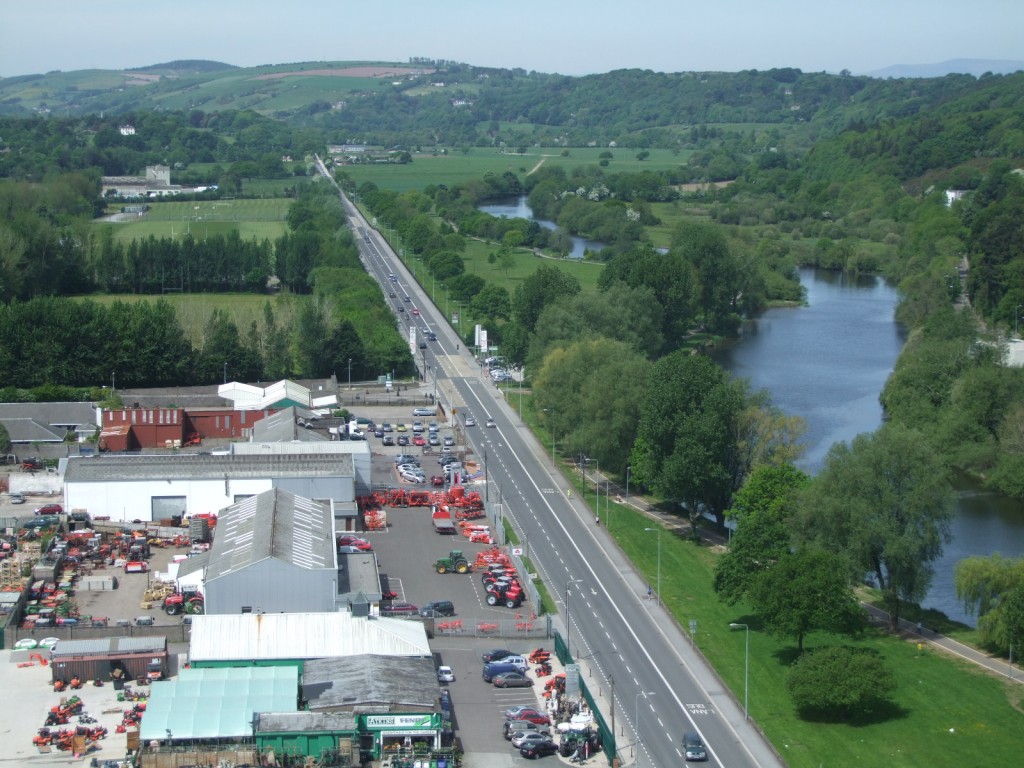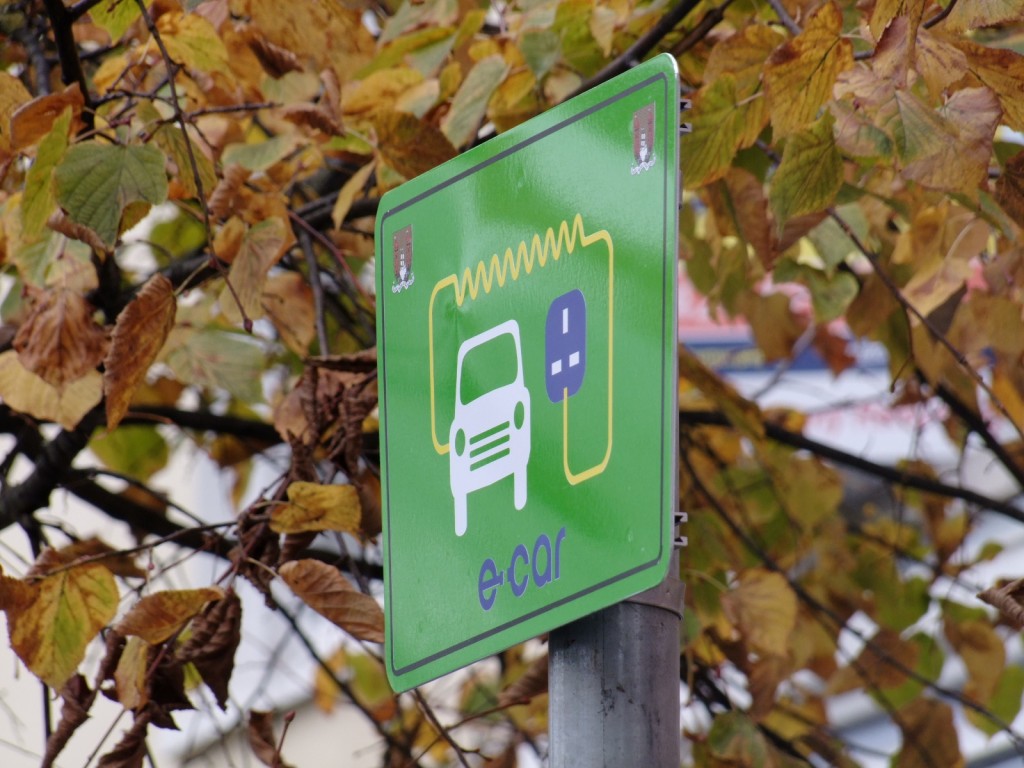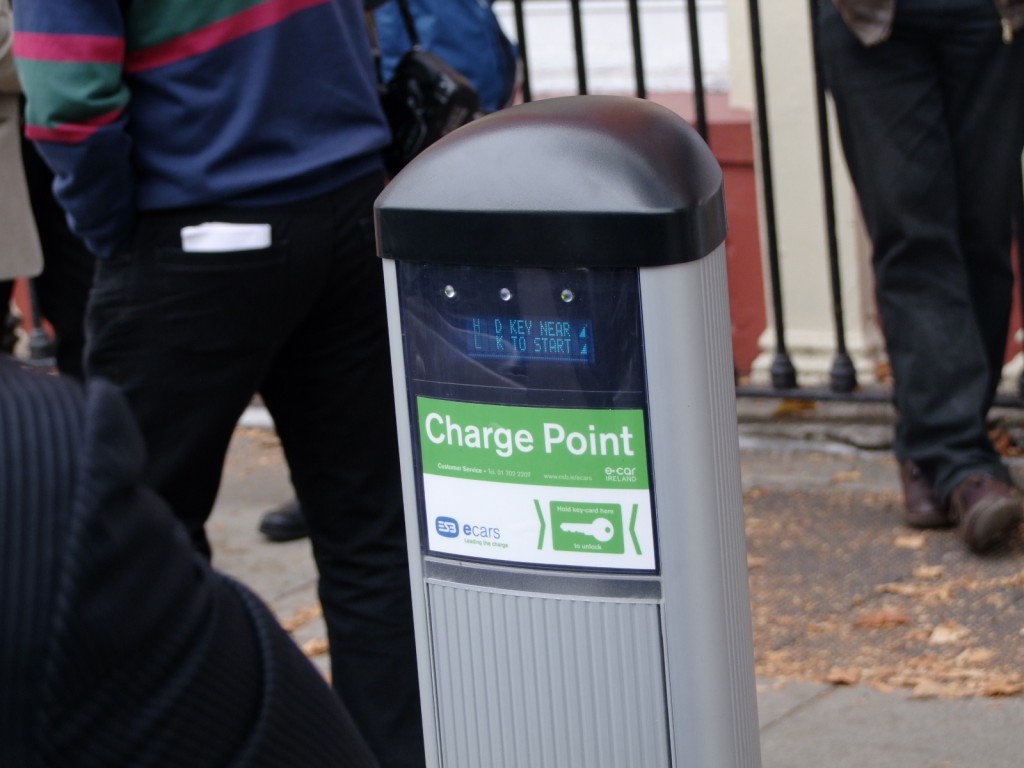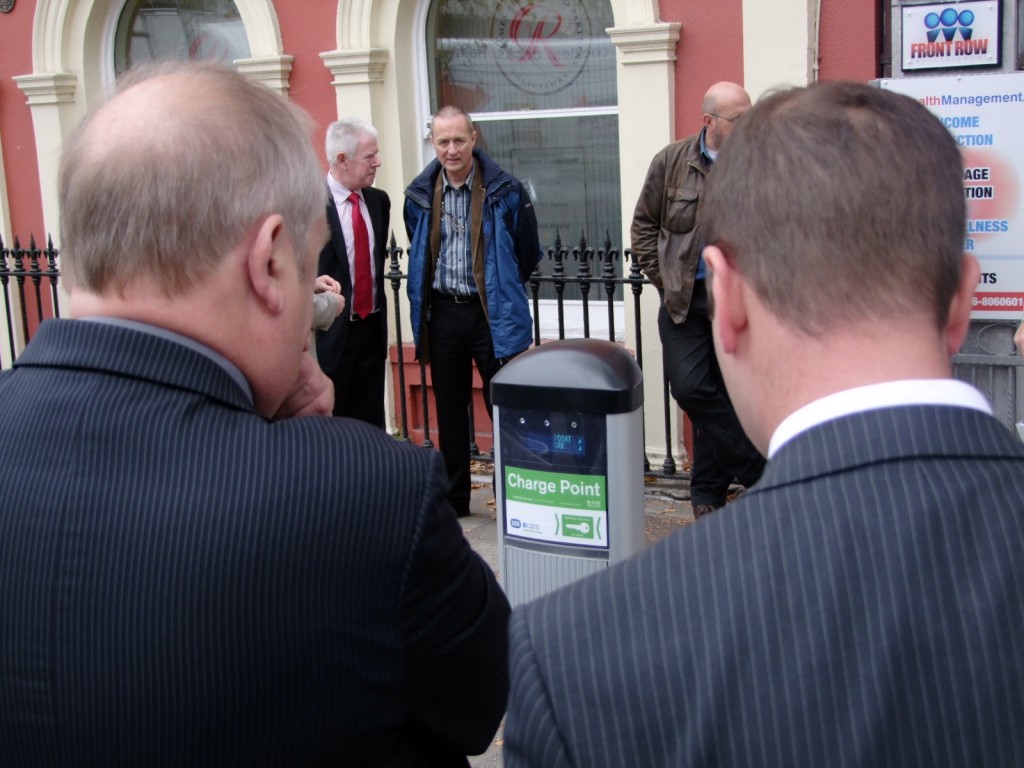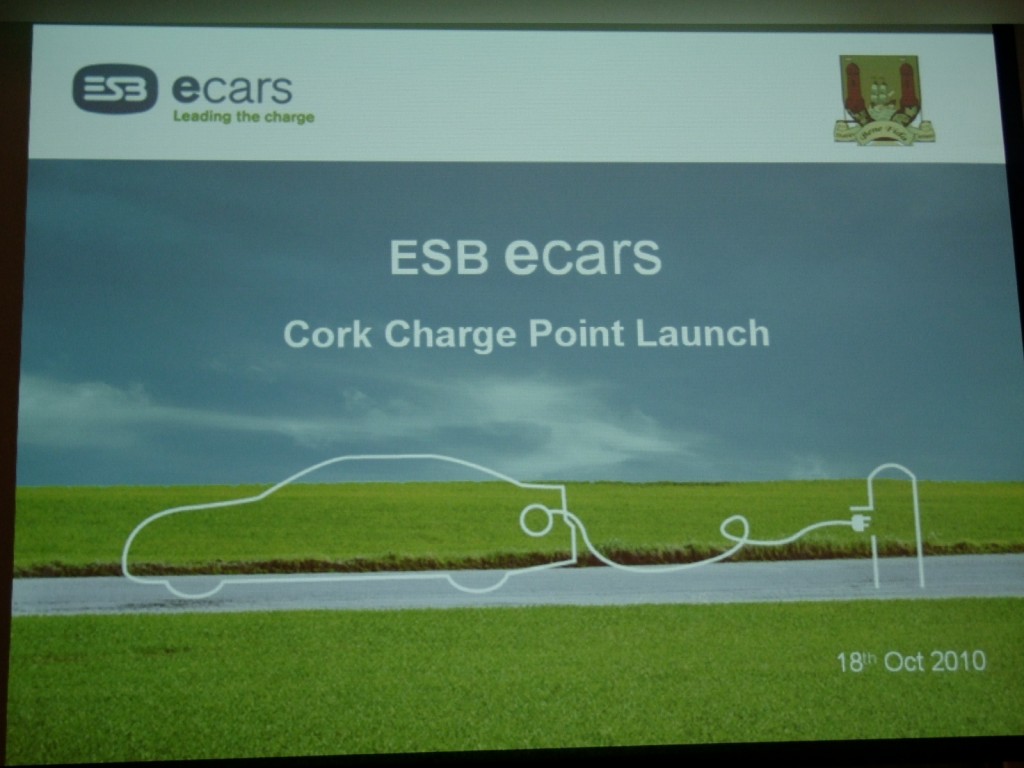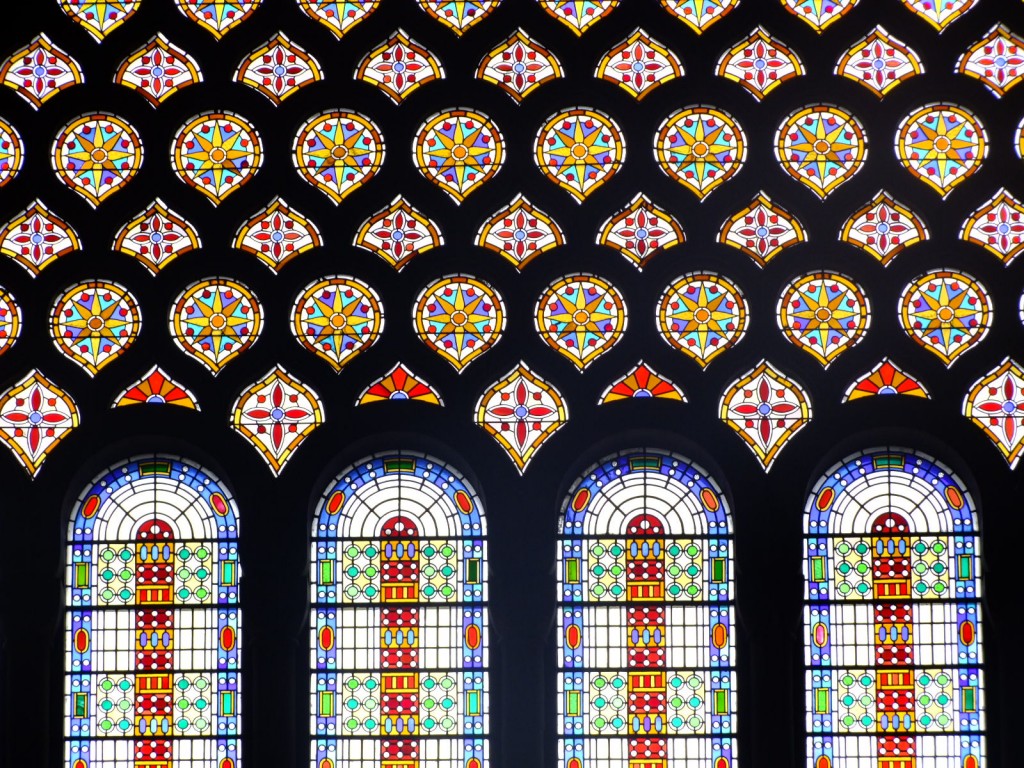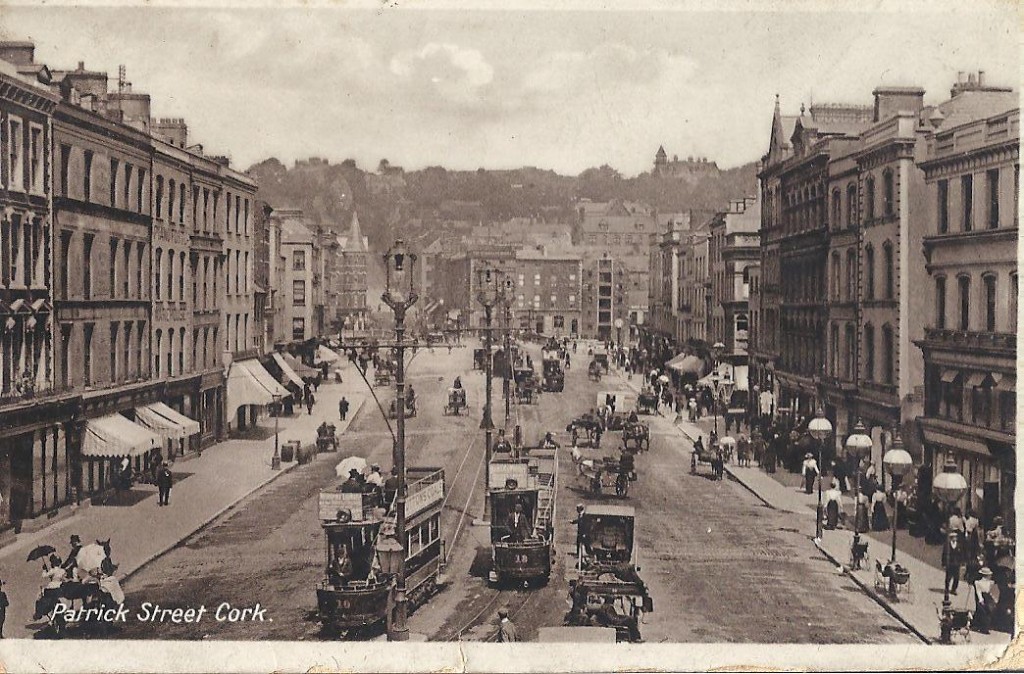
Kieran’s Our City, Our Town Article, Cork Independent,
15 October 2010
In the Footsteps of St. Finbarre (Part 232)
Warfare, Disorganisation and Reconstruction
Whilst researching the death of Patrick Murphy in the Cork Examiner in the week following the Leemount incident of 14 September 1922, the researcher is exposed to other underlining historical narratives in the evolution of Cork in the early years of the Free State. These include the reconstruction of key infrastructure in the region and attempts to deal with rising poverty and unemployment and how proposed remedies affected.
Standing out in the press pages the trade of the city is presented as down. The agricultural community was ‘severely’ hindered owing to the condition of the country. Country markets were few and far between. Farmers were at the point of isolation owing to the dislocation of railways plus the many difficulties of road transport. The Cork Summer Show at the Cork Showgrounds had to be cancelled as exhibits could not be brought to Cork owing to impassibility of the roads and the dislocation of the railway services. The argument is given by the Cork Examiner that many Irish industries in the south depended largely on their profits on the market which the Cork Agricultural Show supplied when farmers, cattle and others visited the city, inspected the latest and best that was to be seen and made extensive purchases of various kinds.
Trading was reduced to a minimum across the Cork region. With unsold goods, usual supplies were not ordered. The closure of post office services in the south because of proposed wage cuts led to the shutdown of telegraphs, telephones, postal and engineering. In addition the cutting of wires for Civil War purposes made Cork isolated from other centres in Ireland. An editorial in the Cork Examiner on the 12 September 1922 revealed that inland settlements in the south west were even harder hit. Shopkeepers of towns along the coast, as circumstances permitted, organised between fifty and sixty motor boats and steamers to ply between Cork City and the southern and western towns and villages including Limerick, Tralee, Kenmare, Goleen, Sneem, Cahirciveen, Skibbereen, Union Hall, Cape Clear, Sherkin, Schull, Castletownbere, Baltimore, Clonakilty, Bandon and Courtmacsherry. Cargoes, which arrived at the south jetties in Cork City in mid September 1922, comprised pigs, bacon, butter, eggs and fresh fish and the return of cargo consisting of flour, meal bran, groceries, salt and the products of local breweries and distilleries.
Debate was also carried in the council chamber of City Hall regarding the reconstruction of St. Patrick’s Street, a substantial portion of which had been burned out in mid December 1920. The journalist reporting on the Council meetings noted that a committee had been set up in Cork Corporation to engage and collect data and for the government, which was to be used in the compensation negotiations with the English government regarding the damage done to St. Patrick Street and the wear and tear of British trucks across the city’s streets.
A total of £300,000 had been advanced for the reconstruction of the street. The city solicitor noted that two investigators appointed by the Irish government and one by the British government had visited the city in the second week of August 1922. The British government representative was dealing with cases of damage done by their forces, which was the bulk of the damage in Cork City. He made a promise of a cash payment to the decree holder i.e. Cork Corporation.
Coupled with this mechanism and it appears to muddle the compensation package available, an international body called the Compensation Commission (the Shaw Commission) had been set up, which was appointed for the express purpose of, amongst other things, reviewing awards already made in the cases of criminal injury applications not defended by a city or county Council. Cork Corporation in mid September 1922 was expecting the Shaw Commission to come to Cork. The minutes of the Corporation of Cork show the Council attempting to understand the two sources of compensation packages and the need to maximise any receipts of compensation packages.
Cork Corporation Council members pressed to harness the advance of £300,000 to provide much needed employment. An important decision was also taken to inform property owners within the destroyed area that the Corporation intended to enforce the byelaws with regard to the closure of temporary structures or timber walled shops. In the early part of 1921, they had emerged on the street and through good will from the Corporation had been allowed to stay but no legal right existed for their erection. A sub committee of the Corporation was to wait on the owners of property in the burnt out areas who had submitted plans for reconstruction work. The Corporation urged them to proceed with work. As a result of the Corporation’s plea, at the subsequent council meeting, the councillors were informed that six firms in the burnt out area were prepared to start rebuilding work. In several cases, traders informed the Corporation that tenders had been invited and in some cases works had already started. However it seems a large number of traders were not prepared to start. They were holding out to maximise any due compensation. Indeed it was to take another ten years before the new street emerged.
To be continued…
Captions:
561a. St. Patrick’s Street, c.1910 (pictures: Kieran McCarthy collection)
561b. St. Patrick’s Quay, Cork City c.1910
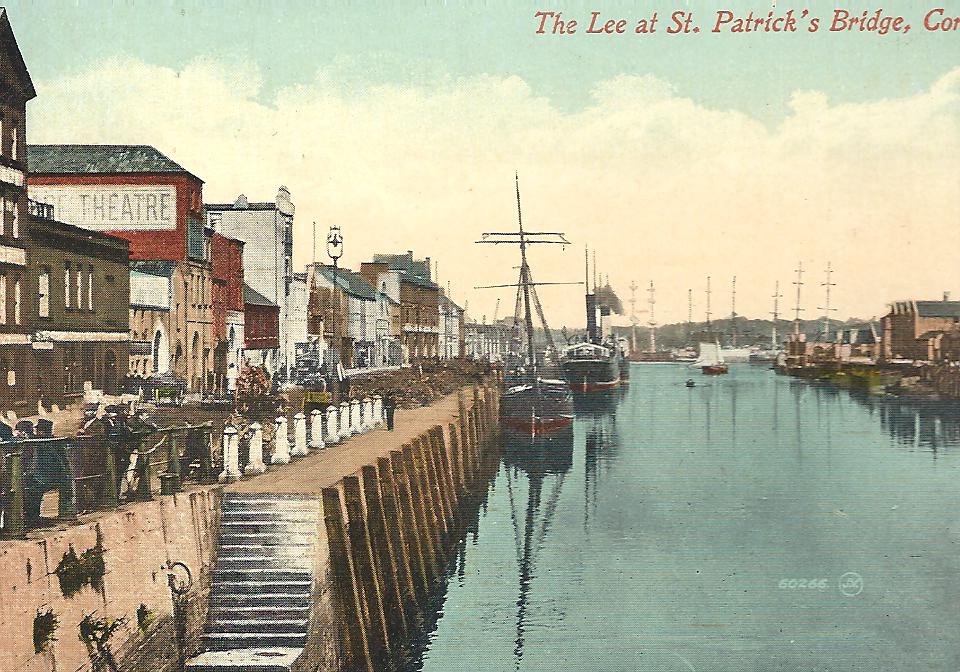
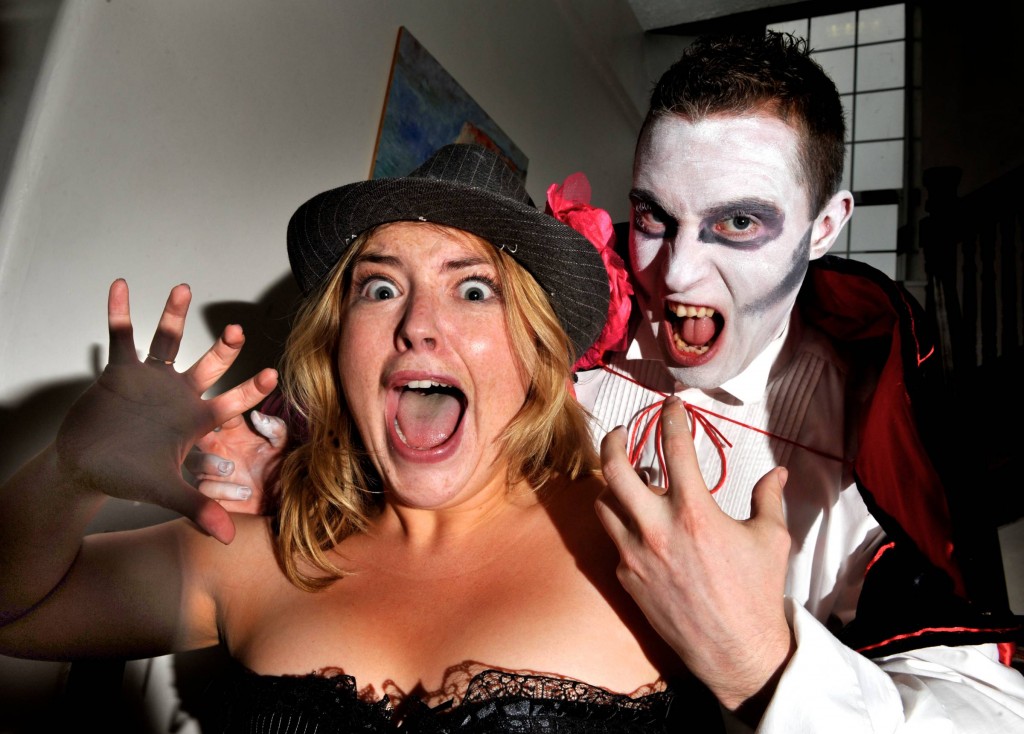
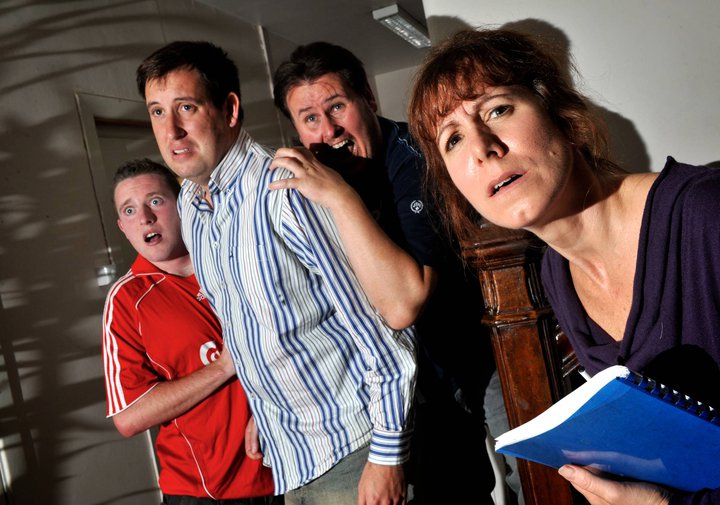
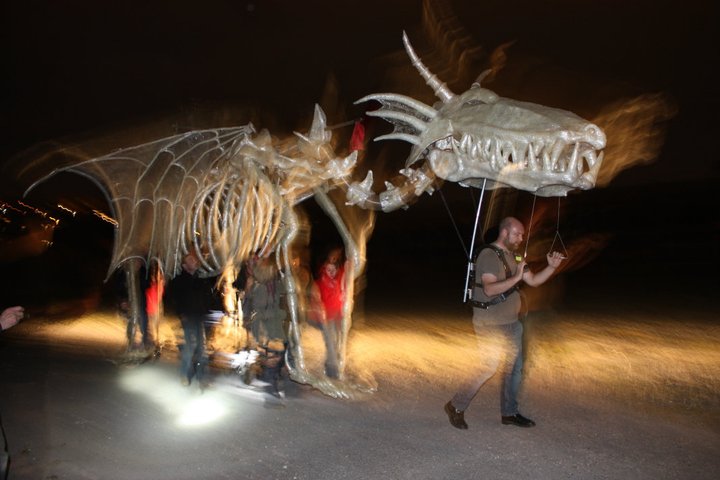
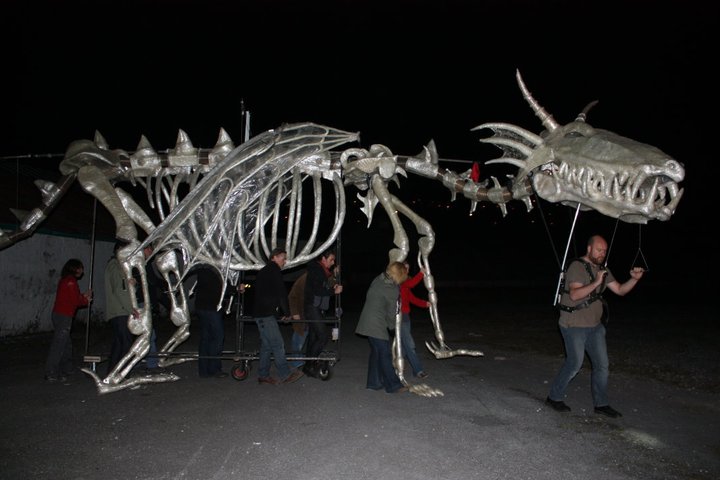
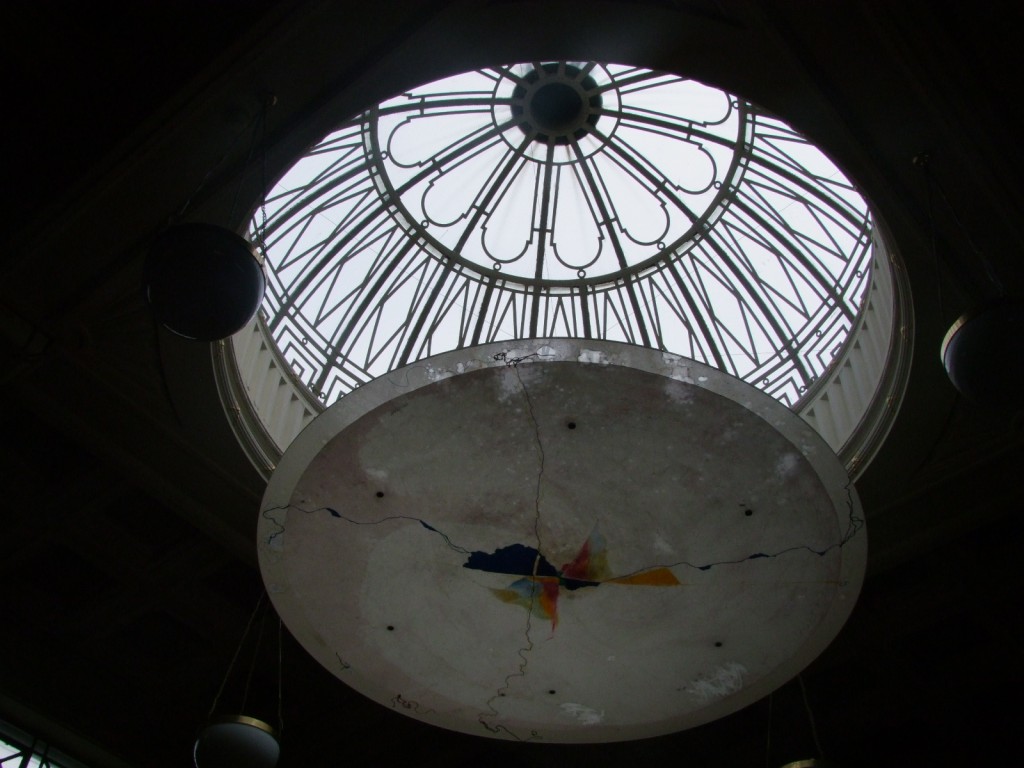
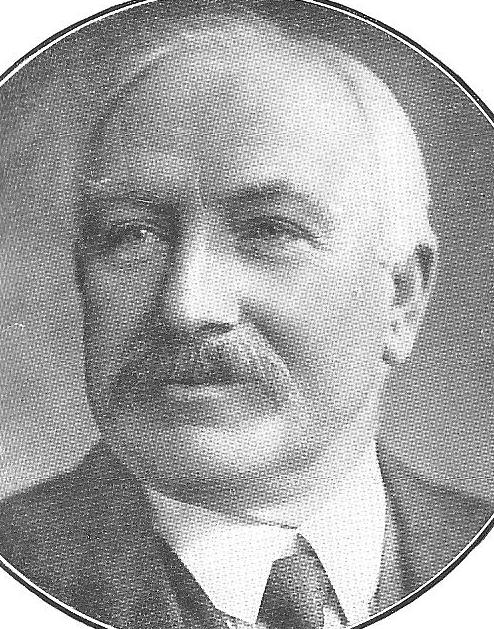
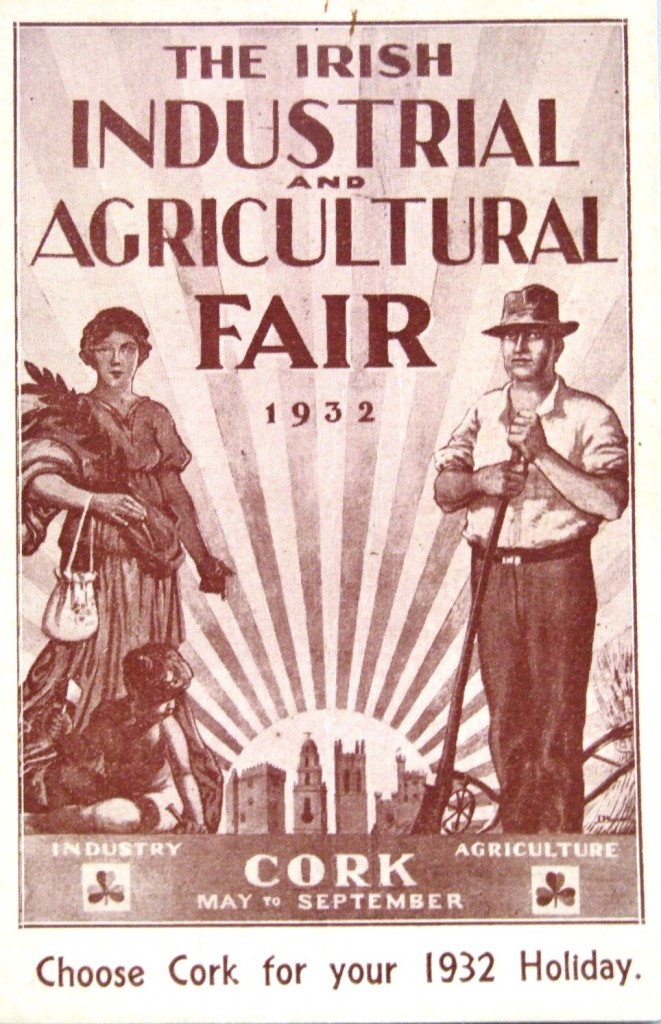
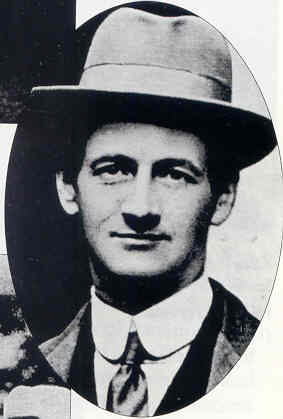 However I would strongly argue that much of Terence’s key works, his writings, perceptions and learning from his legacy are almost forgotten in the public realm. He was one of the founders of the Cork Brigade of the Irish volunteers. His hunger strike brought international attention to the Irish War of Independence plus created an international debate on the ongoing war. His book Principles of Freedom inspired many in India to rise up against British control in the late 1920s and 1930s. He was also a playwright, poet, founder of the Cork Dramatic Society with another of Cork’s famous literary sons Daniel Corkery. Terence wrote five plays with themes around revolution, democracy and freedom.
However I would strongly argue that much of Terence’s key works, his writings, perceptions and learning from his legacy are almost forgotten in the public realm. He was one of the founders of the Cork Brigade of the Irish volunteers. His hunger strike brought international attention to the Irish War of Independence plus created an international debate on the ongoing war. His book Principles of Freedom inspired many in India to rise up against British control in the late 1920s and 1930s. He was also a playwright, poet, founder of the Cork Dramatic Society with another of Cork’s famous literary sons Daniel Corkery. Terence wrote five plays with themes around revolution, democracy and freedom.